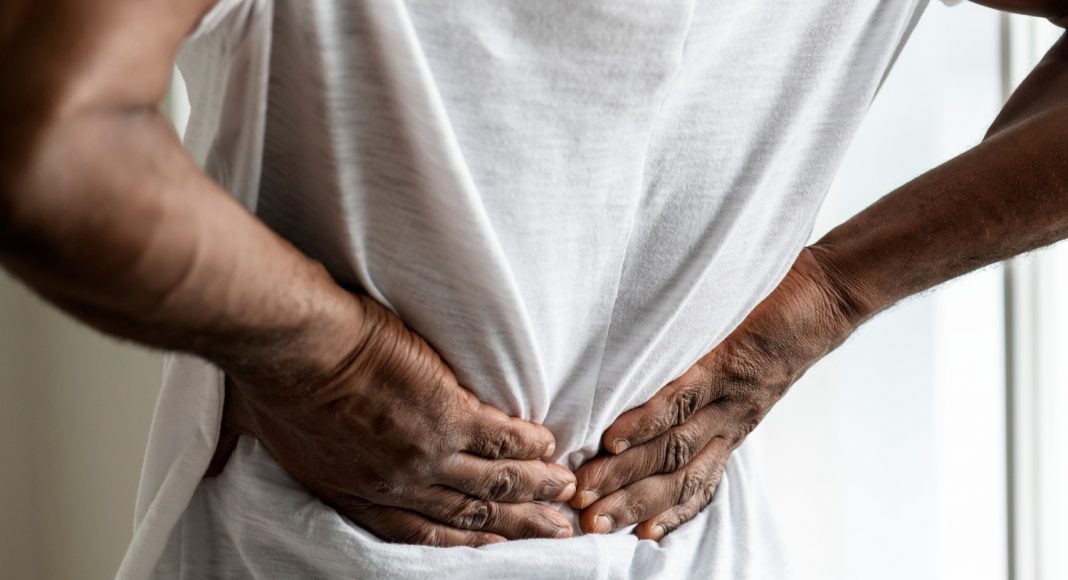Cannabis has only been fully legalized in Israel since April, but that hasn’t stopped the nation from being one of the leaders worldwide on cannabis research.
A new study out of Israel shows that fibromyalgia patients who use cannabis saw reduced pain as a result.
Fibromyalgia is experienced by 2-8% of the worldwide population, and affects the way the brain processes pain signals. One of the predominant symptoms of fibromyalgia is widespread pain across the entire body, in the form of a dull ache. Patients also often experience severe tension headaches, anxiety and depression.
RELATED: Cannabis: Beneficial Yet Effective Treatment Method For Fibromyalgia
Pain, headaches and depression are all symptoms that initial studies have shown cannabis to have some impact on, but . And now a study conducted by the Rabin Medical Center and the Cannabis Clinical Research Institute at Soroka University has studied specifically the impact cannabis can have on the pain suffered by fibromyalgia patients.
The study looked at 367 patients between 2015 and 2017 and concluded that medical cannabis is “a safe and effective alternative treatment for fibromyalgia symptoms.”
Women are more likely to be diagnosed with fibromyalgia, and of the participants in the study, 82% were women.
RELATED: The One Thing You Need To Know About Marijuana And Fibromyalgia
The study was conducted via questionnaire, of all patients diagnosed with fibromyalgia who entered Israel’s medical marijuana program between 2015-17. Patients began consuming a low dose of cannabis, then gradually increasing the dosage until they felt “therapeutic effect,” which in layman’s terms means it began to make an impact on their symptoms. Of the 367 patients with fibromyalgia, 239 completed the study, and 81.1% of those saw “at least moderate improvement in their condition” without severe side effects.
The study asked participants to rate their pain on a scale from 1-10. At the beginning of the study, the median pain level for patients was 9, and after six months the median pain level had reduced to 5. Furthermore, only 7.9 percent of the 193 participants who reported a pain level of 8-10 at the beginning of the study reported the same pain intensity after six months of cannabis treatment.
In addition to pain, the study also looked at the impact on depression. A little over 50% of patients in the study reported experiencing depression, and 80.8% of those also experienced an improvement in their depression symptoms while taking cannabis.
There were some downsides; 92.9 percent of patients reported experiencing sleep problems at the beginning of the study, but that improved in 73.4 percent of the patients and disappeared entirely in 13.2 percent of patients.


